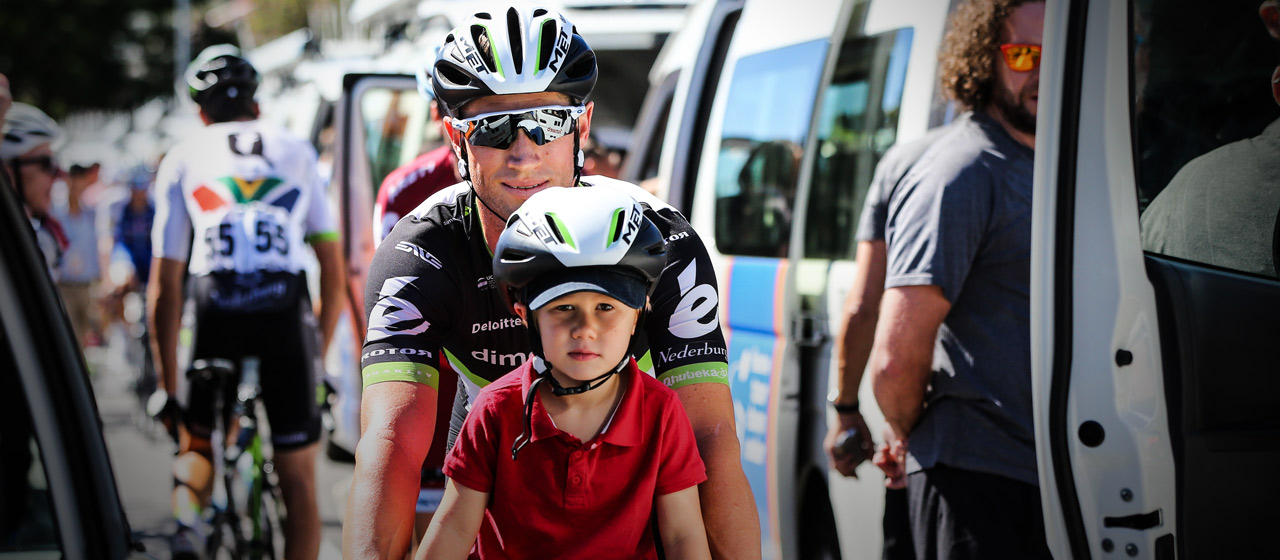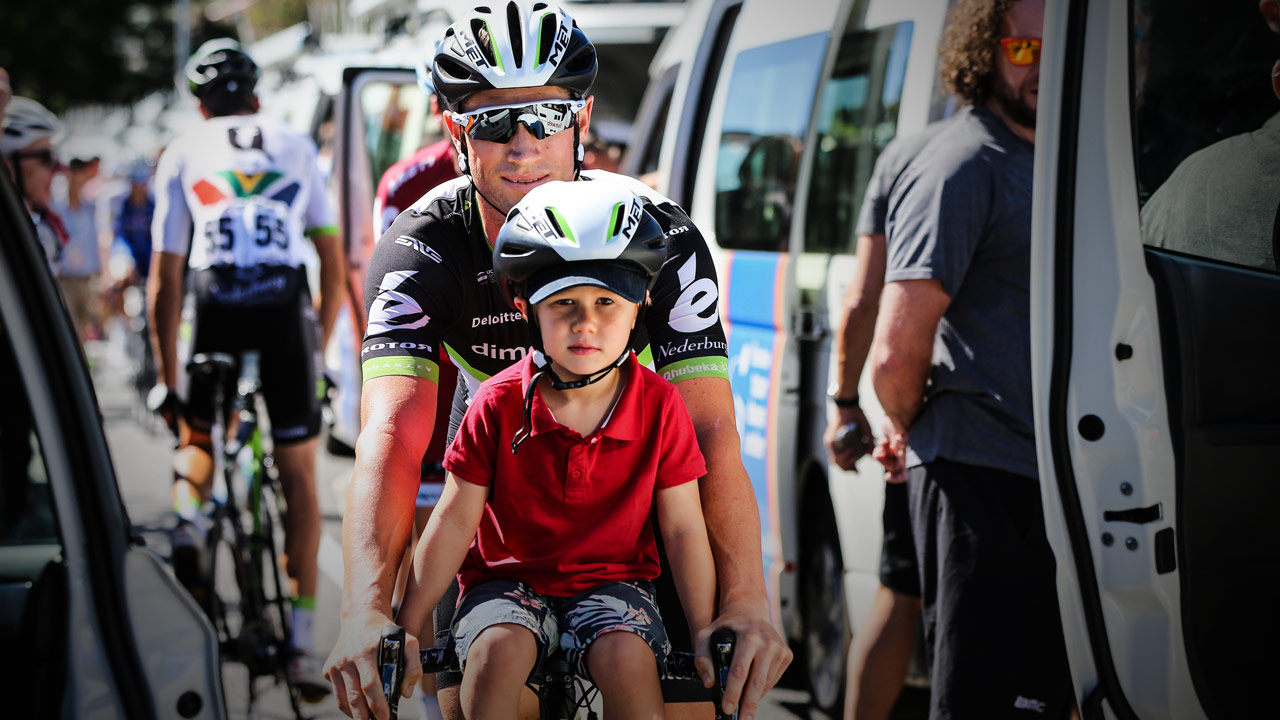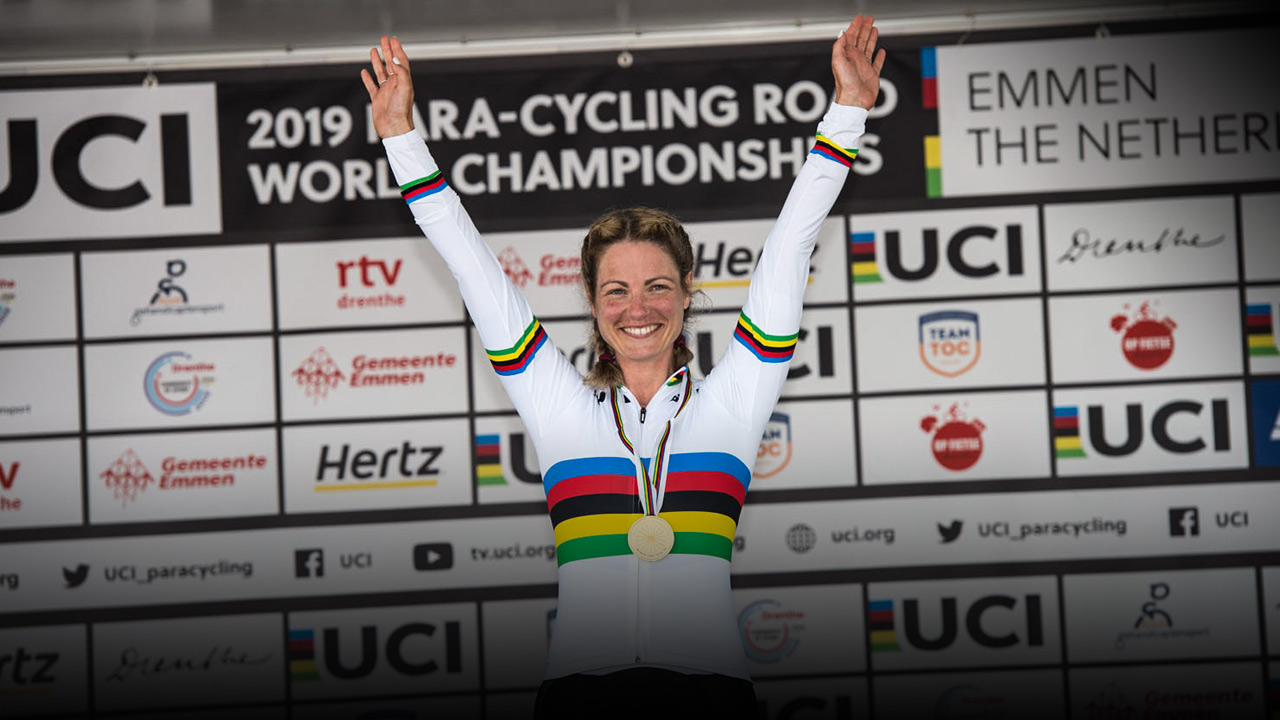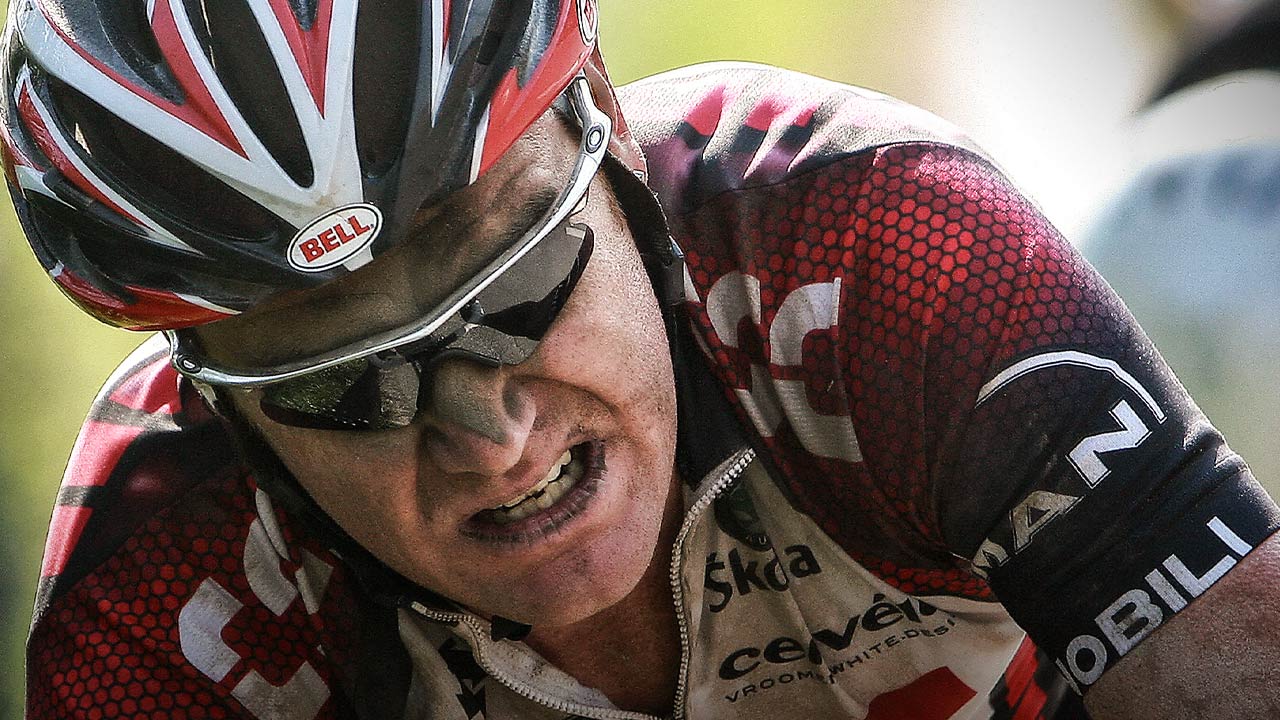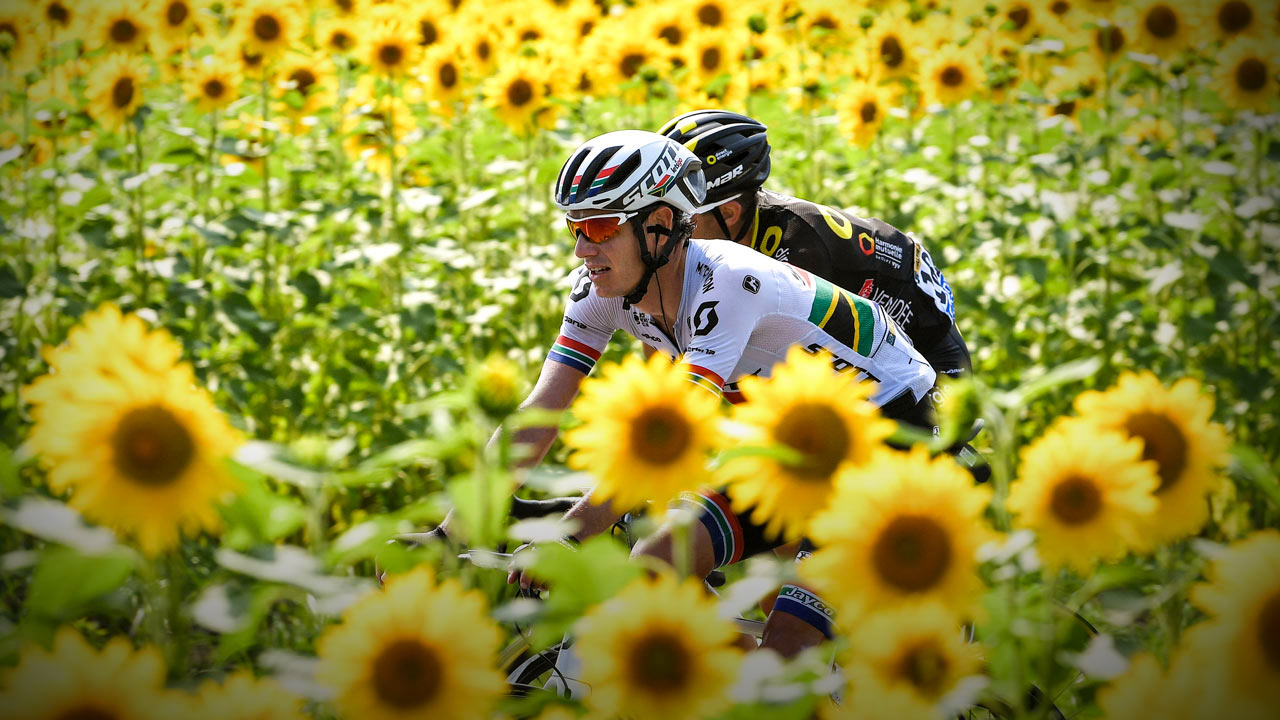Cycling
Pressure and pain of le Tour
My first introduction to cycling was on a BMX. I was 11 years old and Mum and Dad had taken me down to the bitumen flat-track at the Bathurst sportsground to try it out with the other kids in the Cycling Club.
I fell in love with the sport straightaway. There’s only so much you can do on a BMX, though, so Mum and Dad organised for the club to loan me my first track bike.
The only one in my size was pink. It wasn’t the coolest set-up for an 11-year-old boy. But it got me started.
Cycling can be quite expensive. Not every family has a thousand bucks to drop on a track bike for their son or daughter – especially when it might just end up in at the back of the garage after their first stack.
In those days, learning to race on that pink bike, I never could have imagined I’d grow up to win gold medals on the track at the Commonwealth Games and World Championships, let alone race the Tour de France 10 times, which is what I’m about to do.
I never even imagined that I could make a living out of cycling. It was just a bit of fun.
Plenty of cyclists have raced 10 tours but only five Aussies – Stuey O’Grady, Phil Anderson, Robbie McEwen, Simon Gerrans and Michael Rogers.
Stuey holds the joint-record for Tour de France appearances at 17. Sylvain Chavanel will break that record this year. When I consider what those guys achieved, I know I have a lot still to contribute.
I’m 35, and it’s not yet time for me to start looking back on the career I’ve had, as if it’s about to come to an end. I’m not after personal milestones. I’m not sentimental like that. I just want to look ahead to the next race, the next challenge.
Along with Mark Cavendish and the rest of the guys at Team Dimension Data, there is a lot we want to achieve at this year’s Tour.

NEVER WRITE CAV OFF
It seems that there are always people ready to write Cav off.
I’ve heard people say he isn’t what he used to be and that he doesn’t have the same horsepower. That only gives him extra motivation to deliver in the big races. And he’s someone that always steps up.
The records say Cav is the greatest sprinter of all time. He’s won everything that’s possible for him in our sport and he’s got 30 stage wins to his name in le Tour. But he’s just as hungry as ever because he has a target on Eddy Merckx’s all-time record of 34 stage wins.
I’ve been part of a lot of those victories. This is our eighth season racing together. I want to help him take that record away from Eddy.
How we work together has changed a lot over the years. Early on, at Team Columbia–HTC, we had a lot of strong riders around us. That was back when teams were using big lead-out trains of seven or eight guys to control the finish.
It was a different way of racing. We were very successful at it.
The performance I’m most proud of was in 2009 on the Champs-Elysees. That last stage of the Tour is like the World Championships for sprinters. It takes three weeks just to get there, which is an achievement in itself. From my nine tours, I’ve only reached Paris three times.
The team executed the lead-out perfectly and Mark and I took the final corner so well that we gapped the rest of the sprinters and finished first and second. That was an incredible moment, racing across the finish line on the cobbles, celebrating with our arms in the air.

No teams are building their entire team around one sprinter anymore. We’re working with a smaller team on the lead-out which means you have to be a bit more tactical. But that’s what my strength is.
I may not have the power or pure strength that I did five or six years ago but I make up for that in other ways. I’m one of the most experienced guys when it comes to bunch finishes. Reading the race and positioning a sprinter is what I do best.
That counts for a lot, especially these days when the finishes are more chaotic than they used to be. There used to be three or four full teams trying to control the finish. This year, there will be nine or ten teams with top sprint contenders at the tour, each with two or three riders helping them.
With younger guys like Fernando Gaviria and Dylan Groenewegen starting to emerge as well, the sprints are more competitive than ever.
A TON OF BRICKS
Racing in a Tour de France isn’t really fun.
We share the odd light moment as we go along, for sure, but as a package it’s not a very fun three weeks.
It’s a lot of pain. And the pressure is huge.
I shoulder a lot of the pressure for Cav and make the calls during the stage and in the dying stages of the race, when everything is on the line and one decision can cost you the victory.
All that stress doesn’t really make racing very enjoyable.
Learning to race on that pink bike, I never could have imagined I’d grow up to win gold medals on the track at the Commonwealth Games and World Championships, let alone race the Tour de France 10 times.
For the sprinters, the team lays it all on the line for the lead-out. So, when you make the wrong call and it costs the team, there’s nowhere to hide. Luckily for me, there haven’t been many times when things have gone wrong; just once or twice on the world stage, at an event like the Tour de France.
The last time that happened was the second stage of the 2015 Tour, back when I was racing for Omega Pharma–Quick-Step. We were racing from Utrecht to Zeeland on the coast of the Netherlands and there were really strong winds whipping off the ocean that split the peloton into three groups.
We ended up with maybe six or seven of our riders in a group of 16 at the front of the race. Cav had never worn the yellow jersey at that point of his career and it was the perfect chance for him to claim it, with a win in the sprint.
It was ours to lose but everything went wrong. I jumped too early and peeled off too far out from the line for Cav to get the job done. Andre Greipel won the stage and Fabian Cancellara took the yellow jersey.
At times like that, it feels as if everything is coming down on you like a ton of bricks.
You don’t want to know how Mark reacted. It’s tough to come back from something like that. But we did. Looking back, it’s one of the biggest moments of our careers together.
He ended up getting the yellow jersey in 2016 after a win on stage one. It meant a lot that I could help to make amends for that slip-up.
Alright… Let's go! pic.twitter.com/0pzUL7PFgH
— Mark Renshaw (@Mark_Renshaw) July 3, 2016
WHAT DRIVES US
We’ve got a bit to prove after how last year’s tour finished up. Cav crashed out on stage four after a collision with Peter Sagan in the sprint finish that sent him into the barriers. He broke his shoulder in that fall. I abandoned a few stages later with back and ankle problems. It just wasn’t our year.
Cav has had a rough start to 2018 as well, with three big crashes, including one in Milan-San Remo where he hit a bollard and went over the handle bars. That was the second time he has broken a rib this year, but he has started to show some good form since getting back on the bike.
I’ve had an interrupted preparation as well.
I struggled with chronic sinusitis last year. It was one constant head cold that wouldn’t go away, which isn’t great when you’re trying to race 200km a day at a grand tour! I had an operation to fix that problem in February and it seems to have cleared it up pretty well. I haven’t had any problems since April.
Anyway, that’s all behind us now. In cycling, you’re only as good as your last race. We’ve got something to prove this time around.
More about: Mark Cavendish | Tour de France
